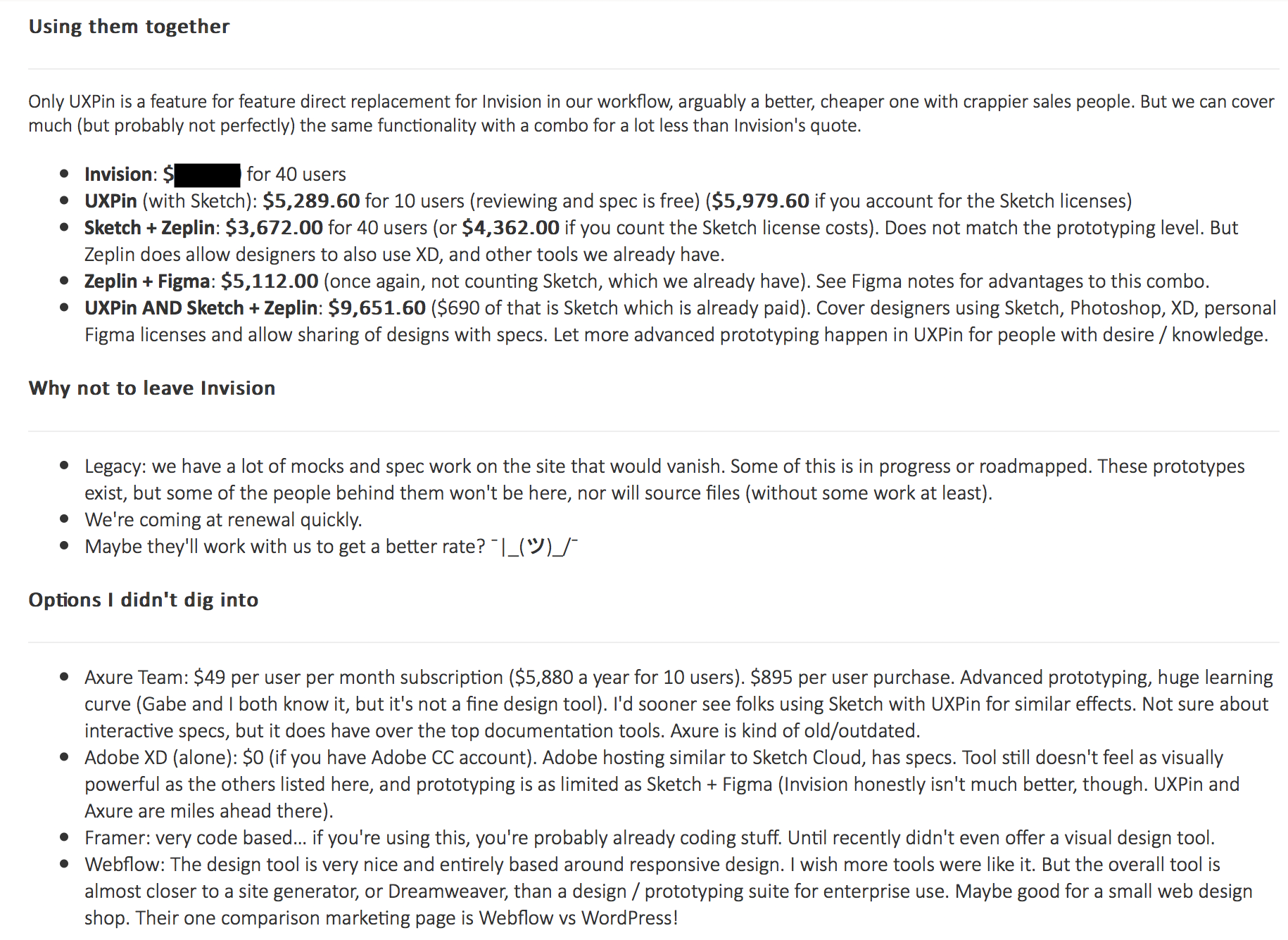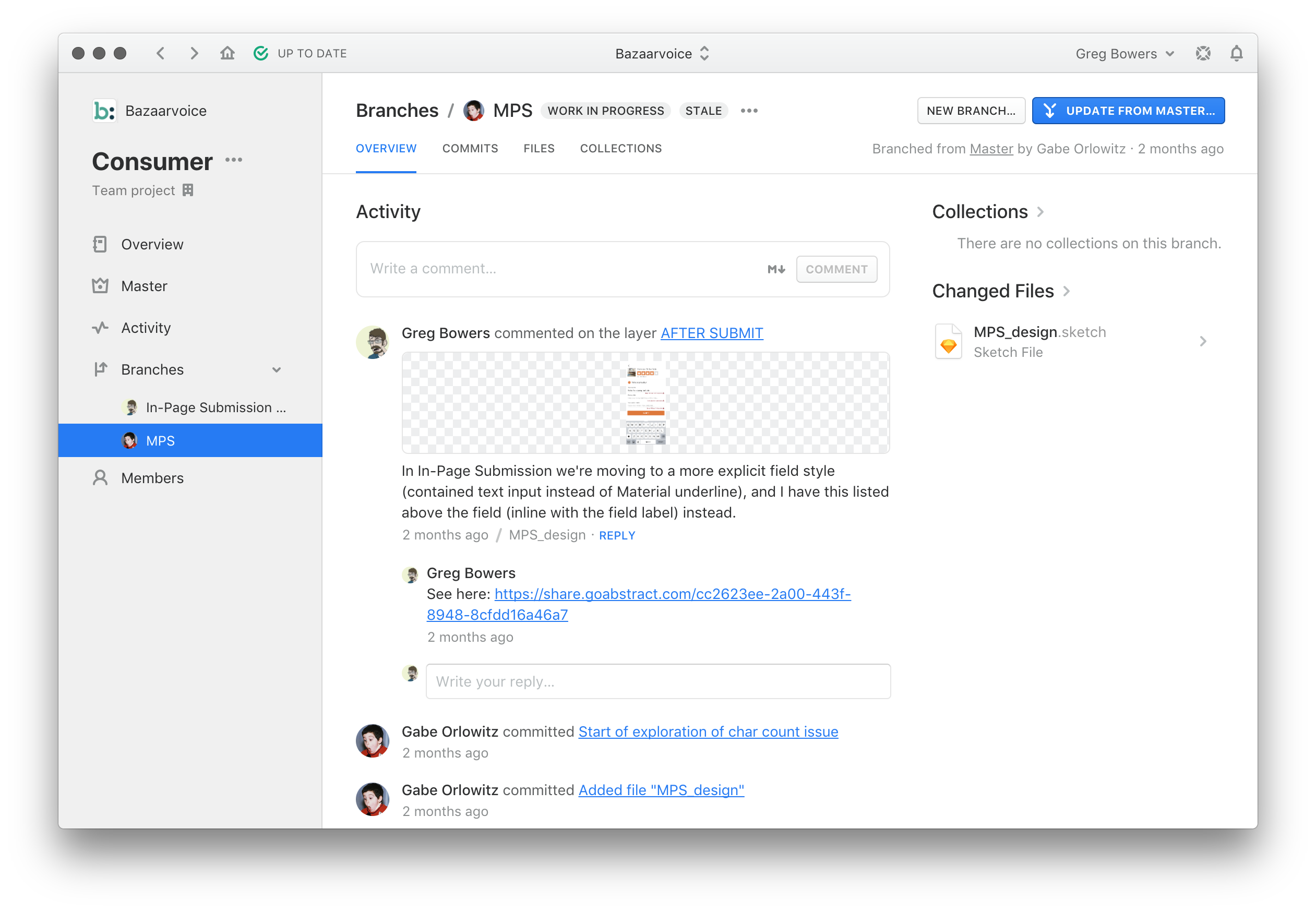Bazaarvoice DesignOps
As a design operations lead, I analyzed our usage and price of our existing design tools, and tested and priced alternative products and systems, providing justification for current setup and a pathway to an improved setup, with minimal disruption of our UX team's workflow.
Case study
When I started at Bazaarvoice, our team worked in a fragmented manner. Teammates used whatever tools suited them (or which they could access). Deliverables varied wildly, from a PDF spec hidden on a Confluence page or Box folder, to a fully built prototype housed sitting in a local dev stack, to an unversioned or out-of-date flat mockup being emailed or attached to a JIRA ticket. Just as I worked to bring our design language together with Aperture, I worked to bring us together with a shared set of tools.
When a long-tenured designer left, I found myself scrambling to get IT to restore their source files, only to discover they'd been using software our company couldn't access. Even worse, current projects had been saved to a non-standard backup, which had been irretrievably wiped when the designer left. The designer backfilling their role would need to rebuild or start fresh — a huge waste of time.
Creating a standard environment
I started by standardizing our team on Sketch as the core UI design tool. Several designers already used it, and our work became more easily sharable with a standard format. With our move to a shared design language, I built, shared, and managed the Sketch files and libraries for our growing design system. As our team struggled to prototype and share our work, I established our company account for Invision. I taught our designers how to use the platform, and standardized usage of the Craft plugin for syncing and sharing of assets before Invision required its use. I administered the platform, managing users and redirecting projects as designers switched priorities. I worked directly with our JIRA administrators, Invision support, and Invision account management to implement, debug, and deploy the Invision JIRA Server plugin, which was a technical headache and required Invision to deploy their own code changes based on my feedback. Our team saw a noticeable impact on their engineering partners' collaboration and adherence to our specifications.

Being a self-starter to support the team
I was not assigned this role; I simply identified the problems and took steps to solve them in a way that increased our team's collaboration, communication, and overall efficiency.
As our team grew and established a more formal leadership structure, I helped onboard and assist our new Senior Director. When software licensing renews arrived, I was ahead of it, providing our new director with information, prices, and steps to ensure our licensing was kept up-to-date.
Saving money while improving collaboration
As our renewal date for our enterprise license of Invision approached, I met with our account representatives from Invision to discuss their roadmap, future pricing, and our growing needs. As time progressed, they continued to talk up future feature releases without solid dates and avoided firm pricing details. I would learn that their pricing structure was changing, and our bill for the year would more than double, without any added benefit in the near term. As the software was utilized by people across our R&D department, but paid for by our smaller UX group, doubling the price would take a massive bite out of our yearly budget. While our director worked to engage our company-wide procurement specialist, I began to research and test alternative platforms, services, and combinations of design tools, to see if we had better options. I performed a cost/benefit analysis of these options, and provided the director with a report showing the benefits and potential losses with switching platforms, and the pricing we would see with each option, based on our use cases. The options provided came in at prices closer to our old Invision bill, but also required a time expense, with a potential fragile transition period. Using this information, our procurement specialist was able to talk our Invision reps down to price nearly half of what they had initially quoted, saving us roughly $10,000. We would stick with Invision, and plan for a future transition to a different, more cost-effective setup before our next yearly-renewal.
As part of that transition planning, I tested and moved our team's Sketch workflow into a version-controlled system, using Abstract. Our team would have a better method for review and reference of current versions of designs, especially important as our team was becoming distributed internationally across 3 locations. I performed a similar analysis on this system in preparation of getting the recurring expense approved.
Other Projects

Auctane Design LanguageDesign System
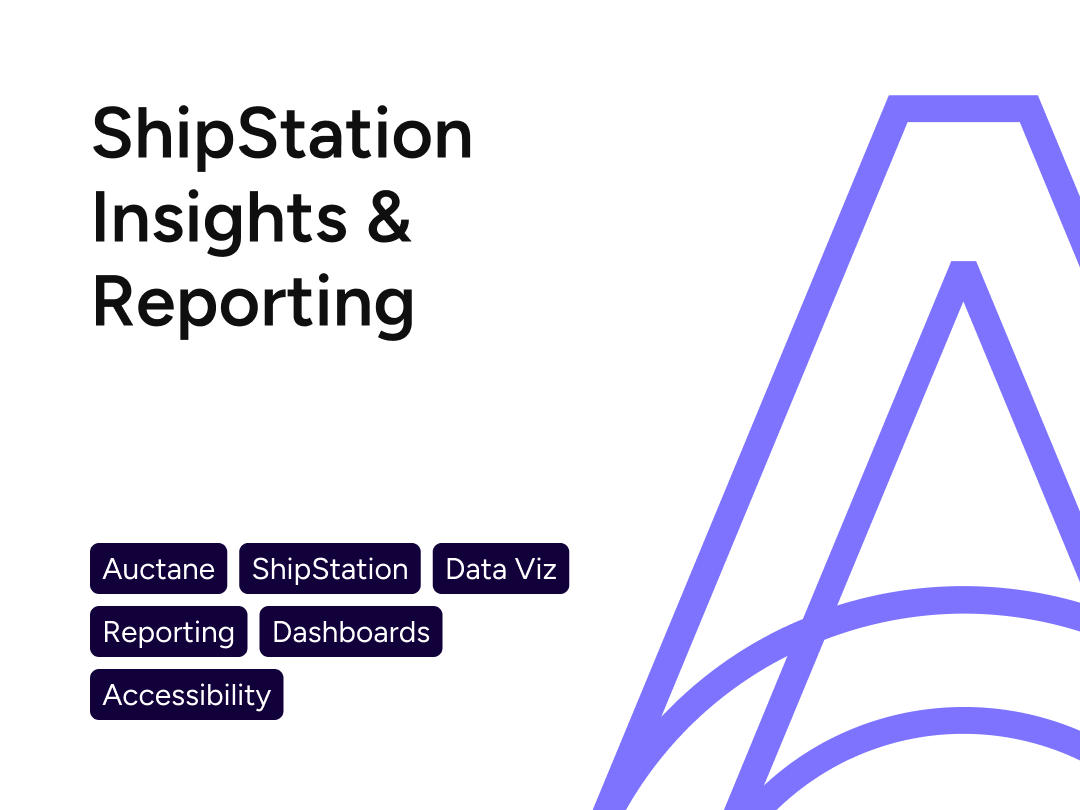
ShipStation InsightsData Visualization

Heuristic Evaluations People NoticeUX Research
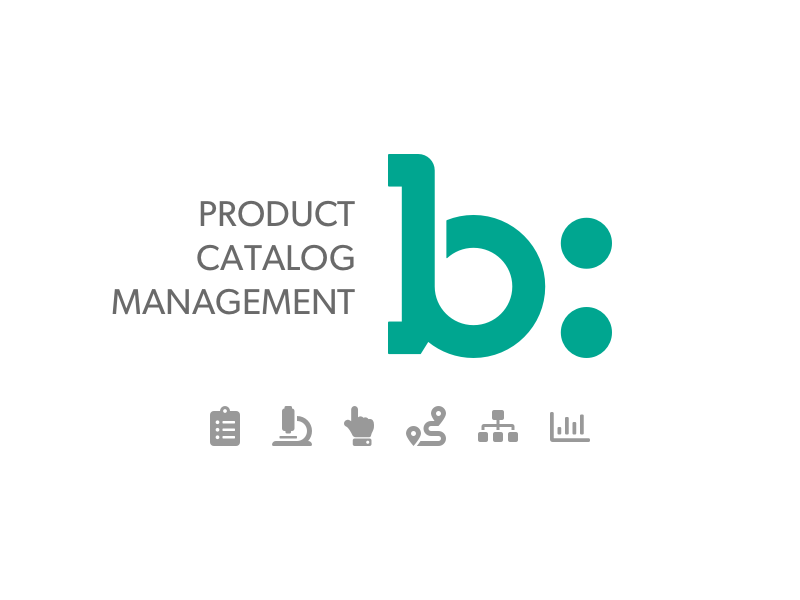
Product Catalog ManagementInnovation and user efficiency
Pixel Health and MonitoringSupport and efficiency
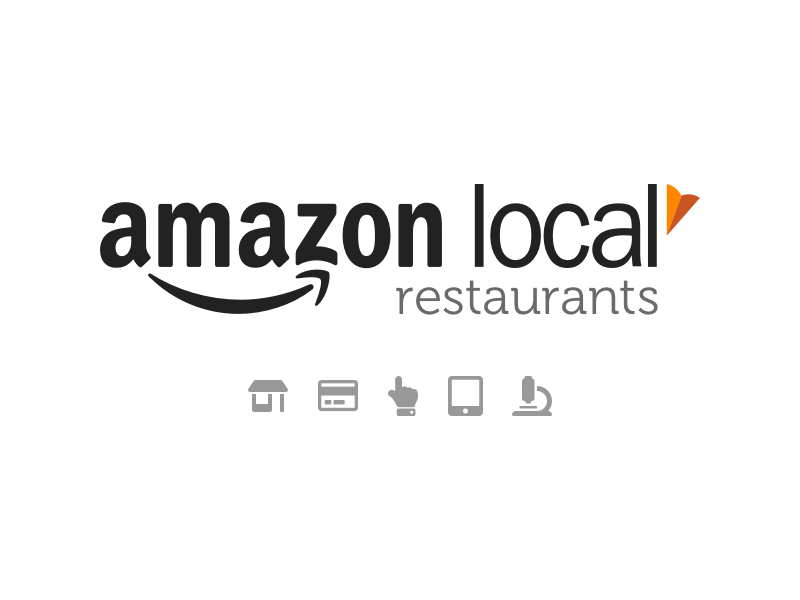
Amazon Restaurants order managementUX workflow and research for tablet PoS app
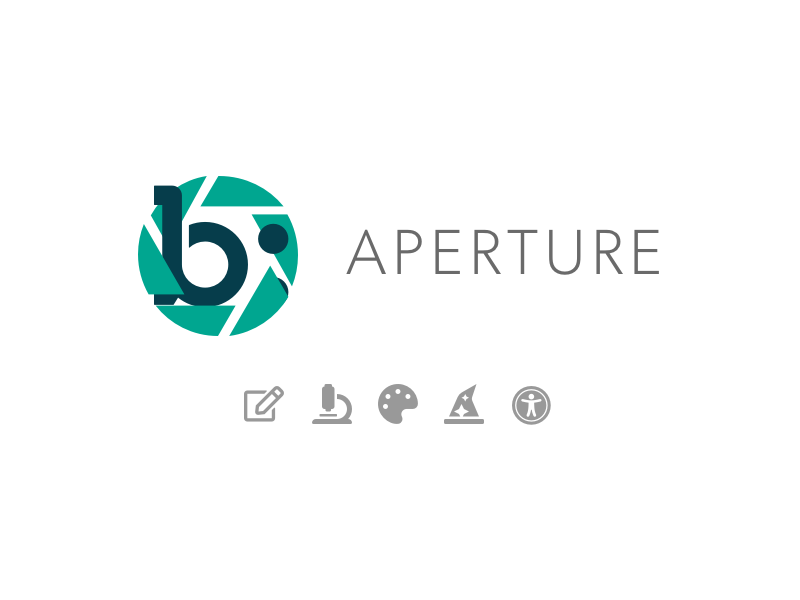
Aperture Design SystemDesign System
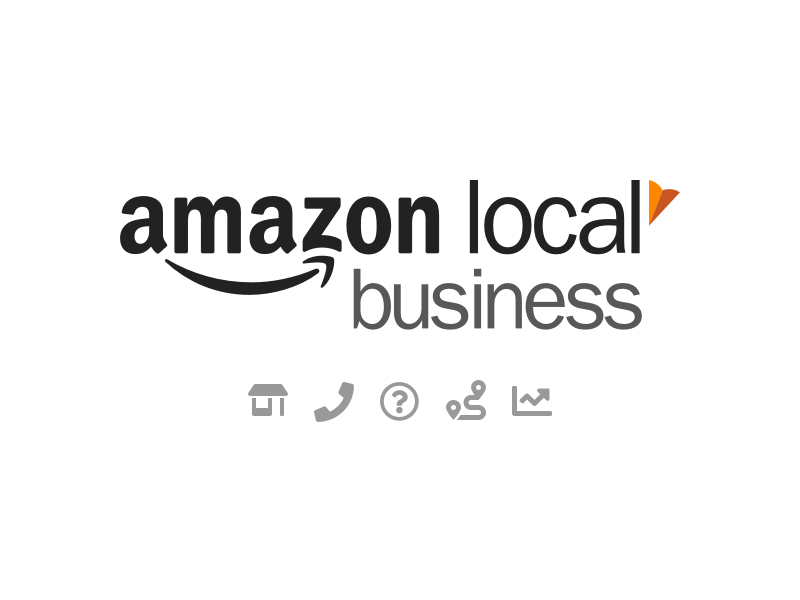
Amazon Local Merchant SupportUser workflow and support efficiency
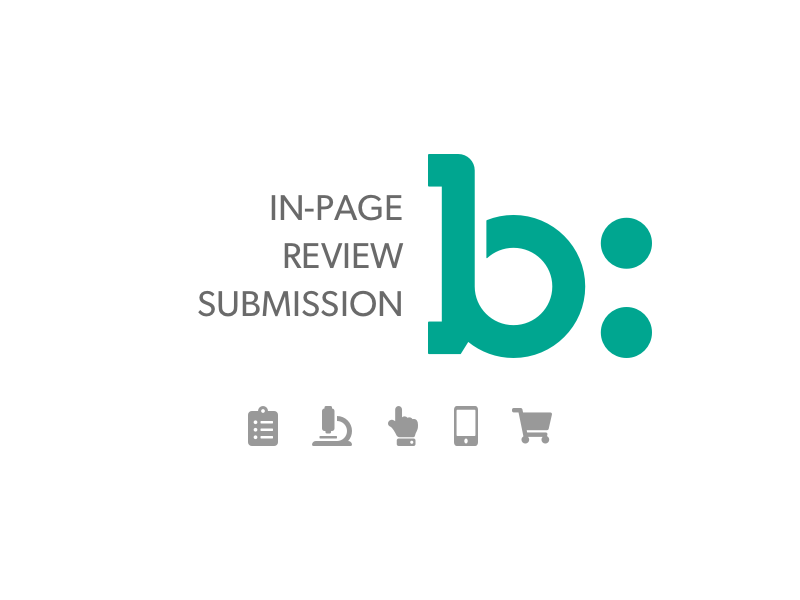
In-Page Review SubmissionConsumer-Generated Content Workflow
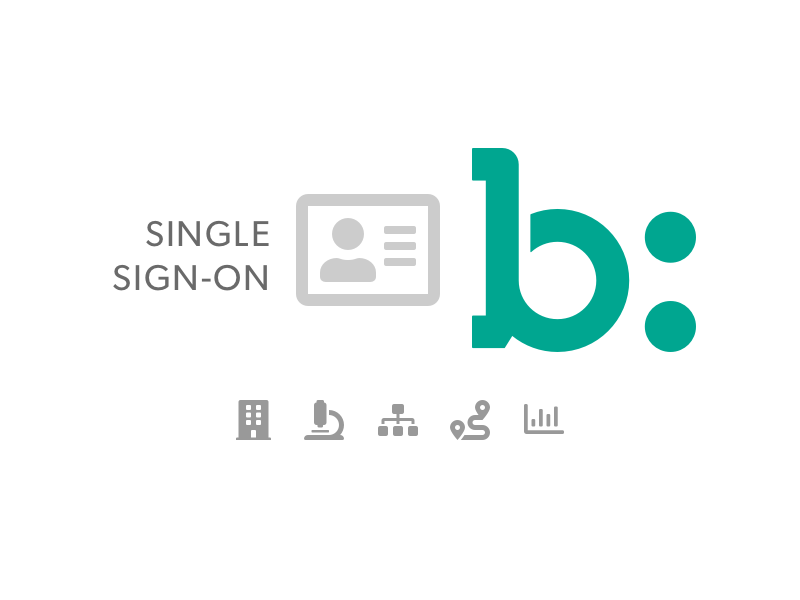
Bazaarvoice Portal SSOEnterprise workflow design and research

